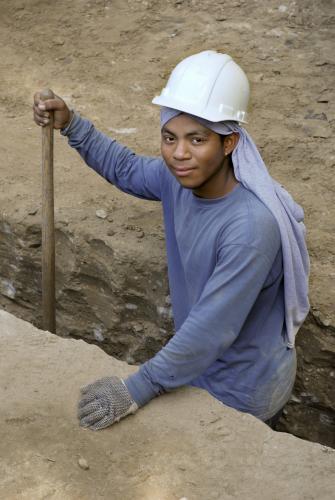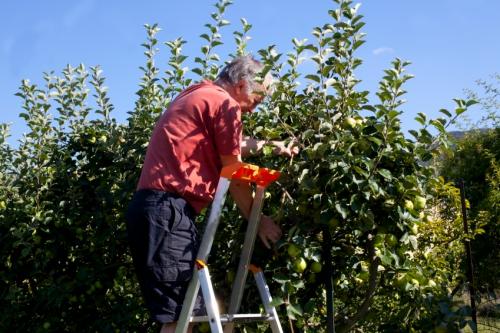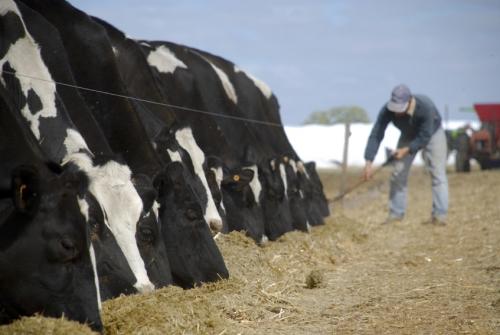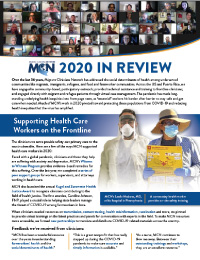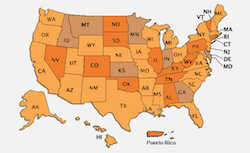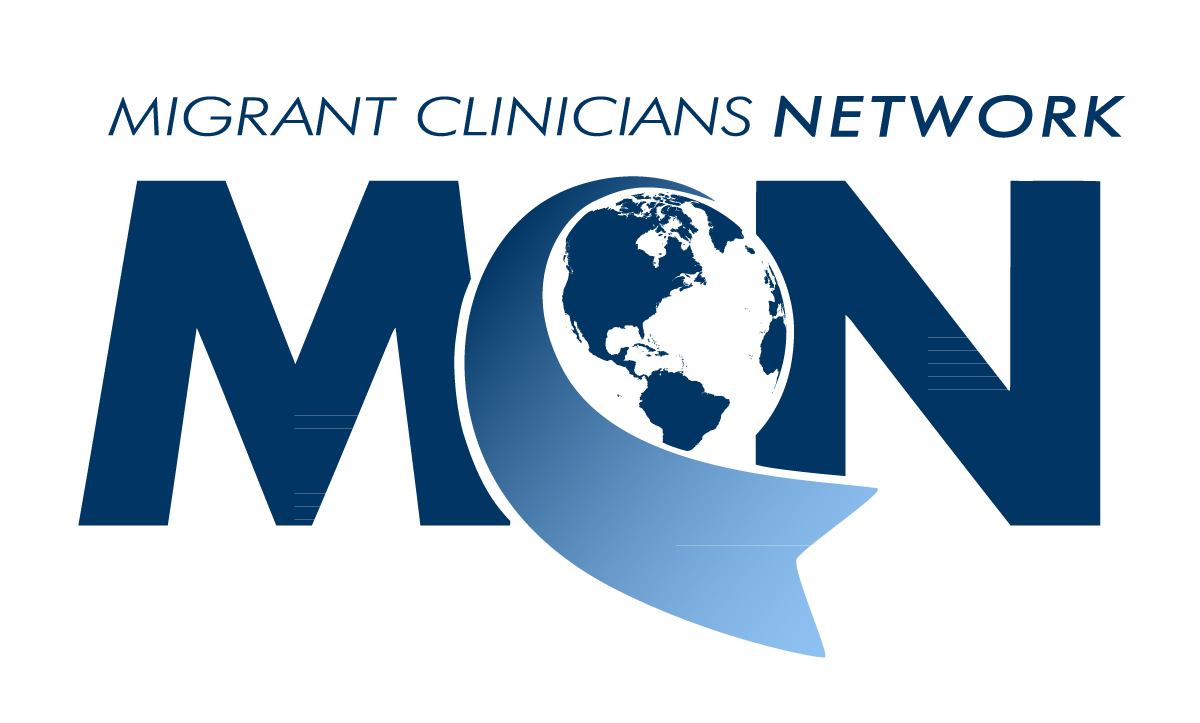- Who We Are
- Clinician Employment
- Publications
- Witness to Witness (W2W)
- Kugel & Zuroweste Health Justice Award
- Your Voice Matters: Photovoice Project
Announcements
Close Announcements⇧
Spotlight
Promising Practices
Health Center
Website
Their Story
Community Health Centers in Florida employ an innovative outreach model that involves reaching out to the community in many atypical locations. Outreach worker Gina ... read more
See others in:
There are millions of workers who live on the move. They do the jobs that most will not. They go where the work is—fields, factories, construction sites— and take enormous risks in order to survive in the hope of a better life. At the same time, there is a group of clinicians who are committed to serving these workers and their families
Who are the mobile poor? They are migrant workers with a shifting composition, whose actual numbers are not reliably known. There is a common understanding that most migrants participate in multiple industries, particularly in low wage unskilled jobs. They usually work in the sectors known as the “3D” jobs – dirty, dangerous and demanding.
“Migrant” is defined by the American Heritage Dictionary of the English Language as, “An itinerant worker who travels from one area to another in search of work.” The United Nations Convention on the Rights of Migrants defines a migrant as “One that moves from one region to another by chance, instinct, or plan” and the World Health Organization now defines a migrant as one who “travels across state or international borders to participate in activities for remuneration and is generally socio-culturally and linguistically considerably different from the majority of the domestic population.” These definitions highlight the three elements of migration that most concern MCN: mobility driven by a search for work, socio-cultural difference from the majority of the domestic population and movement that may or may not be predictable.
Explore this section to discover in depth information about migrants and specific health conditions.
